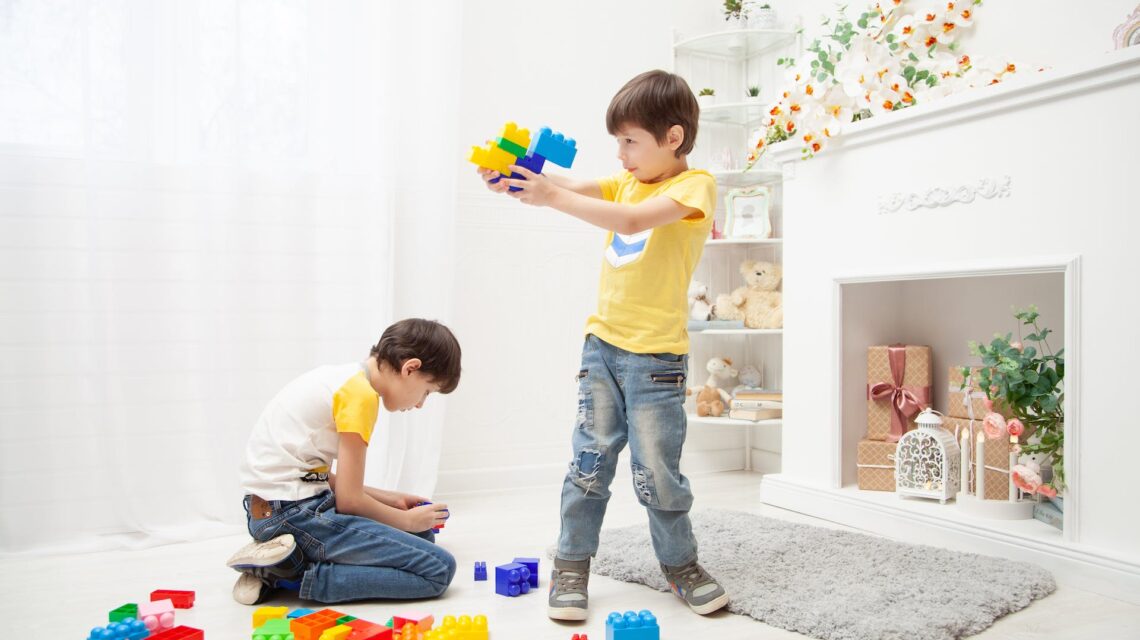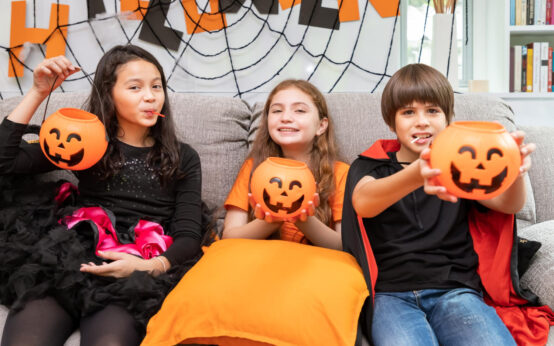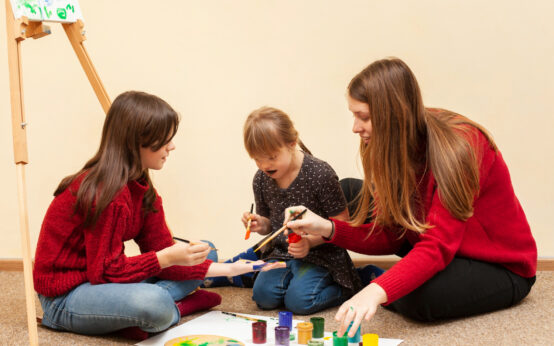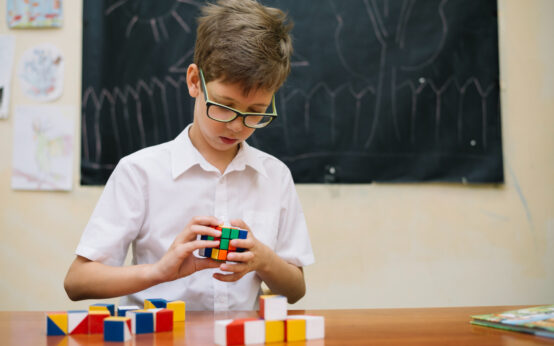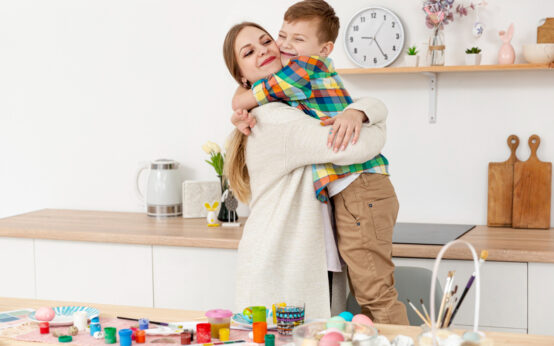Introduction
As the festive season approaches, families worldwide gear up for celebrations. However, for families with an autistic child, navigating through the holiday hustle and bustle can be challenging. Autistic children often struggle with unfamiliar faces, noises, foods, and new places, creating a potentially stressful environment. Explore these strategies to make the holidays special and enjoyable holiday experience for your child with autism:
Utilize Social Stories
Enhance your child’s preparation for upcoming events by utilizing a social story—a useful tool that presents a straightforward narrative detailing what to expect during the celebration. Whether crafted with traditional pen and paper or digitally, it proves advantageous to read the social story aloud several times before the event. Tailor the narrative to suit your child’s individual needs, and consider integrating incentives to promote their focus and understanding, facilitating a smoother transition into the impending occasion.
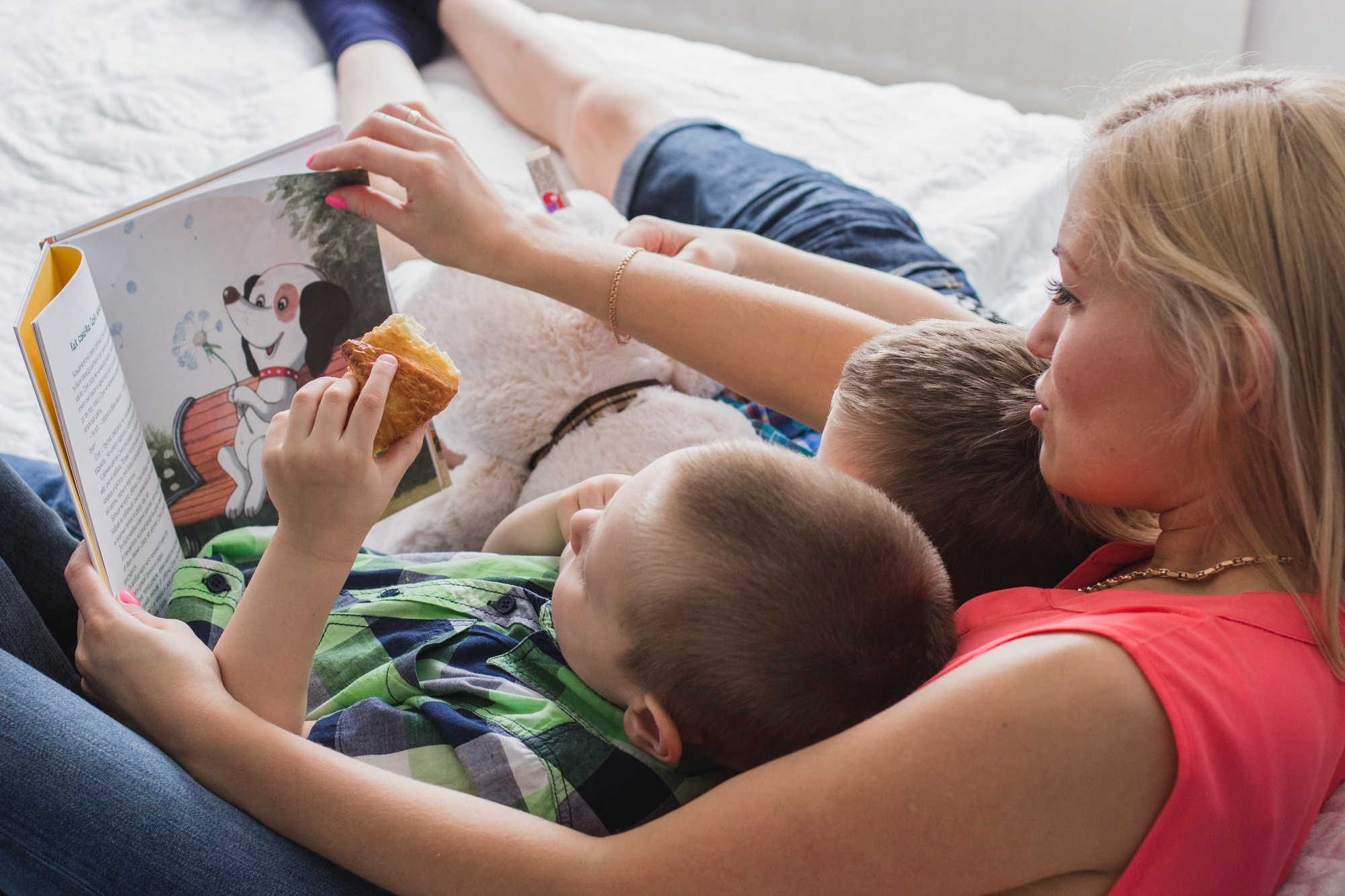
Create a Day Outline to Make the Holidays Special
Maintain a consistent routine by meticulously planning the daily or trip events. Autistic children frequently benefit from a structured schedule, finding comfort in predictability. Offering a comprehensive overview aids their understanding, allowing them to anticipate forthcoming activities. This proactive strategy not only fosters a sense of security but also diminishes stress and confusion for your child, creating an environment conducive to their well-being and overall positive experience.
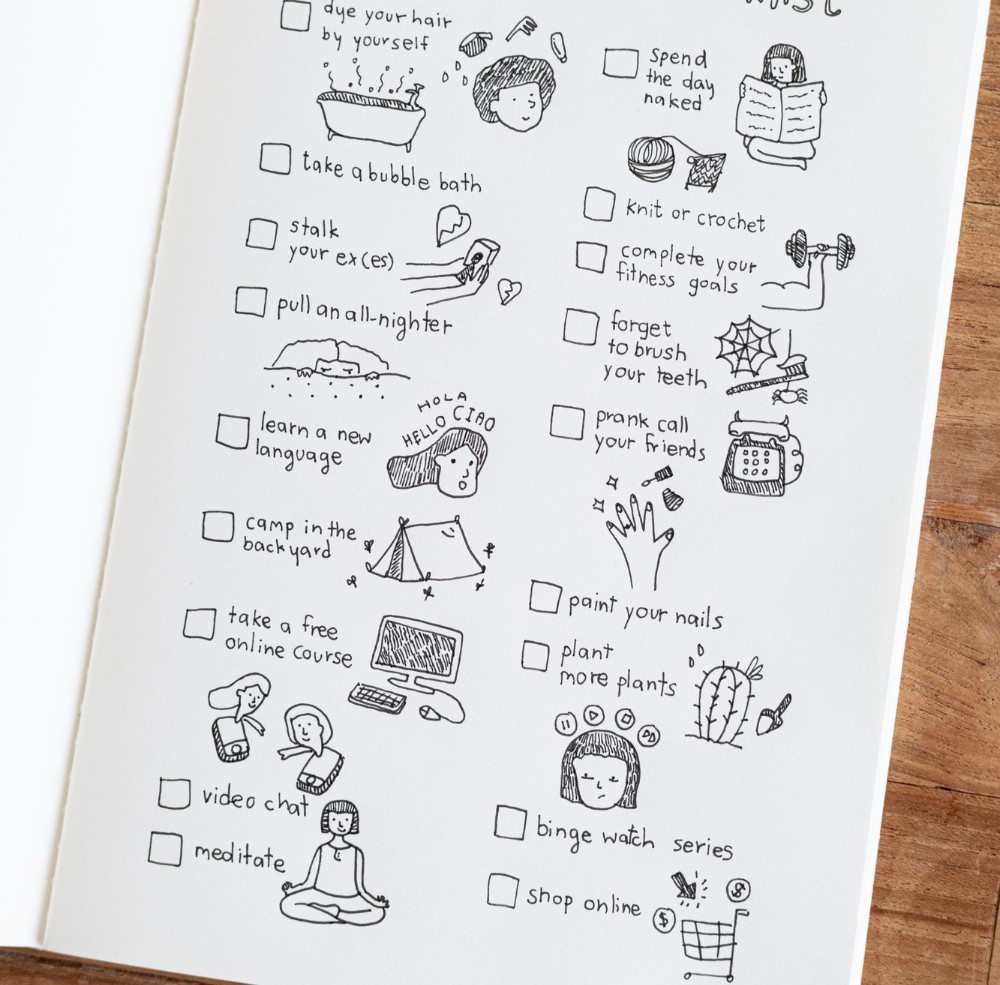
Kindly refrain from ignoring us or diverting your gaze when we approach you. Such actions do not make us or our disability disappear. Acknowledging and understanding our presence goes a long way in fostering inclusivity and respect.
Annie Forts
Gradual Home Decorations
To ensure a smooth transition for your child, it’s advisable to introduce gradual changes when decorating your home. Take a measured approach over a span of one to two weeks, engaging your child throughout the process. Share pictures of past years’ decorations to familiarize them with the upcoming transformation. Establish a schedule detailing when each decoration will be added, offering a clear visual roadmap for your child to follow and anticipate the festive ambiance unfolding in a more manageable and enjoyable manner.
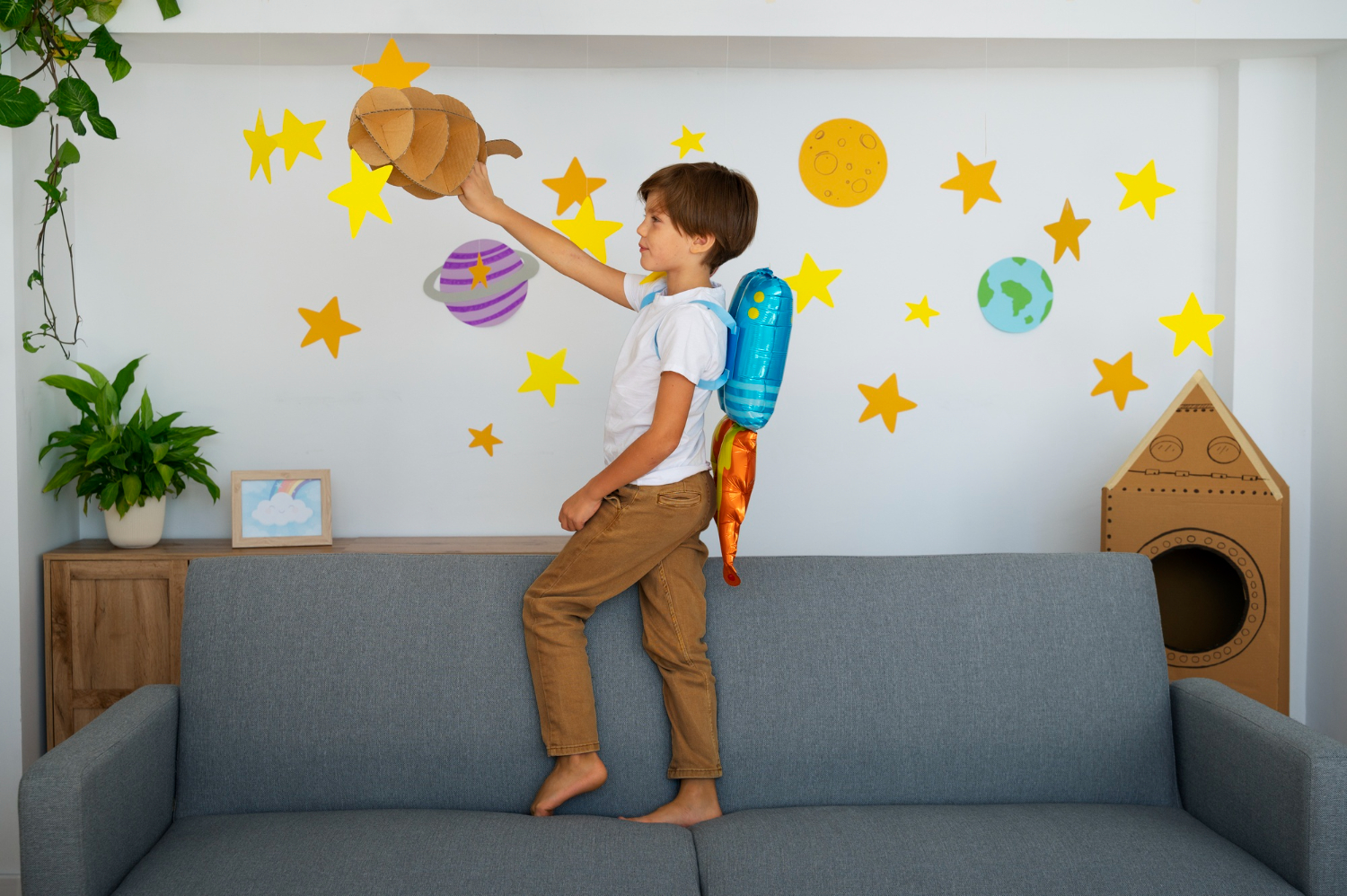
Bring Familiar Toys and Activities
As you prepare for the holidays, it’s essential to ensure your child feels comfortable and engaged. Pack their favorite toys, creating a familiar environment that brings a sense of normalcy. Additionally, consider introducing new and exciting activities to keep them entertained, fostering a joyous atmosphere. This thoughtful approach not only enhances their holiday experience but also helps them effectively cope with downtime, ensuring a harmonious and memorable celebration for your child.
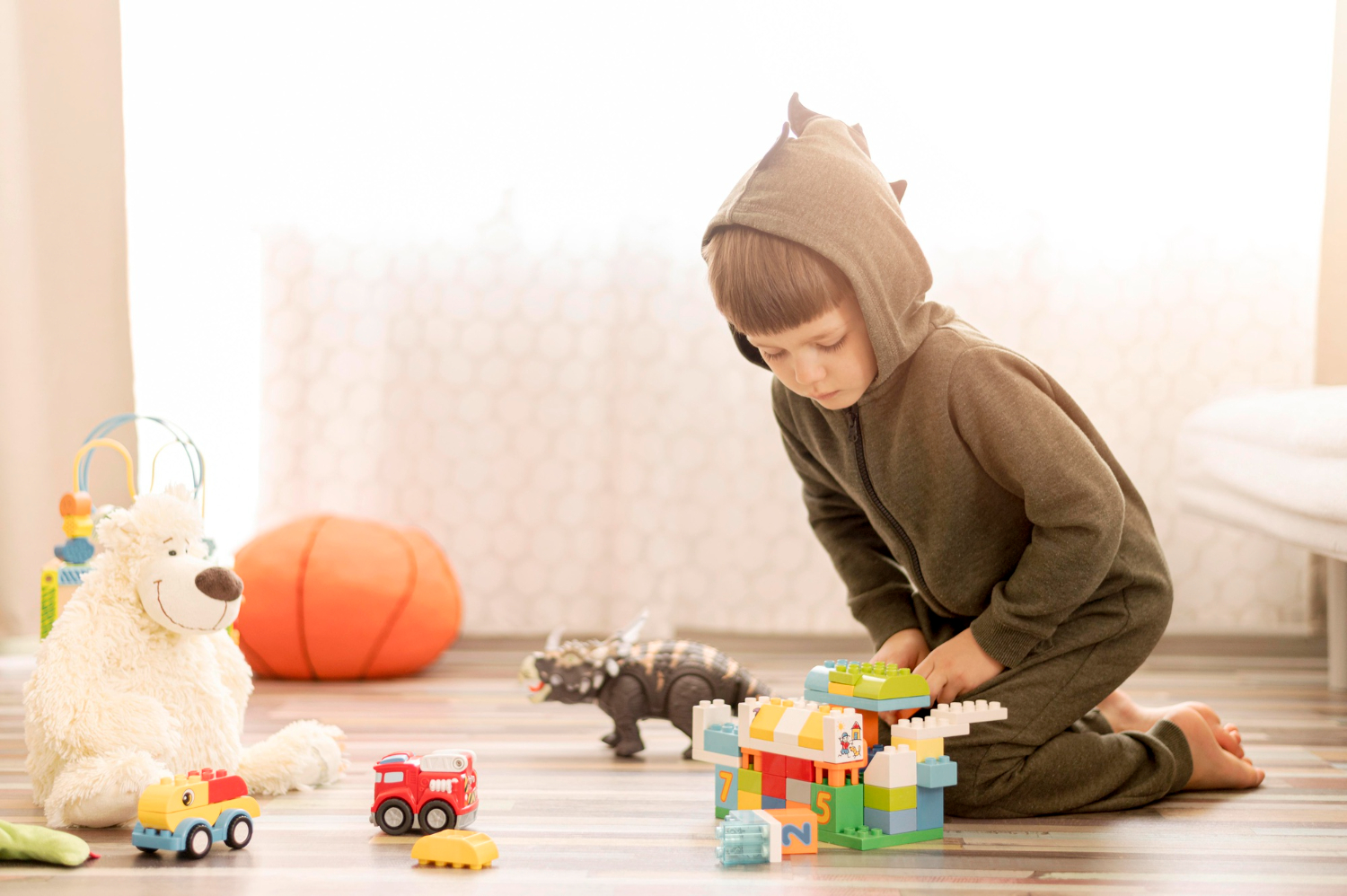
Plan Travel Time to Make the Holidays Special
Embarking on journeys, even brief ones, poses unique challenges for autistic children. It’s crucial to anticipate their needs by planning for frequent stops, ensuring timely bathroom breaks, and packing a variety of snacks—both familiar and unfamiliar—to enhance the overall travel experience. Consider downloading new apps or games on electronic devices to keep them engaged, and bring extra items to minimize potential messes in the car, fostering a more comfortable and enjoyable journey for everyone involved.

Prepare for Mealtimes
Navigating mealtimes with children, particularly when faced with unfamiliar menus, can be a daunting task. To ease the process, consider bringing a dish you know your child will relish, creating a bridge between the unfamiliar and the familiar. Furthermore, instill a sense of culinary adventure by encouraging them to explore new flavors. As the holiday season approaches, integrate traditional festive foods into their daily meals at home. This proactive approach allows your child to become acquainted with the diverse offerings, fostering a sense of comfort and excitement when partaking in celebratory feasts. Ultimately, a gradual introduction to new foods ensures a smoother and more enjoyable dining experience for your child.
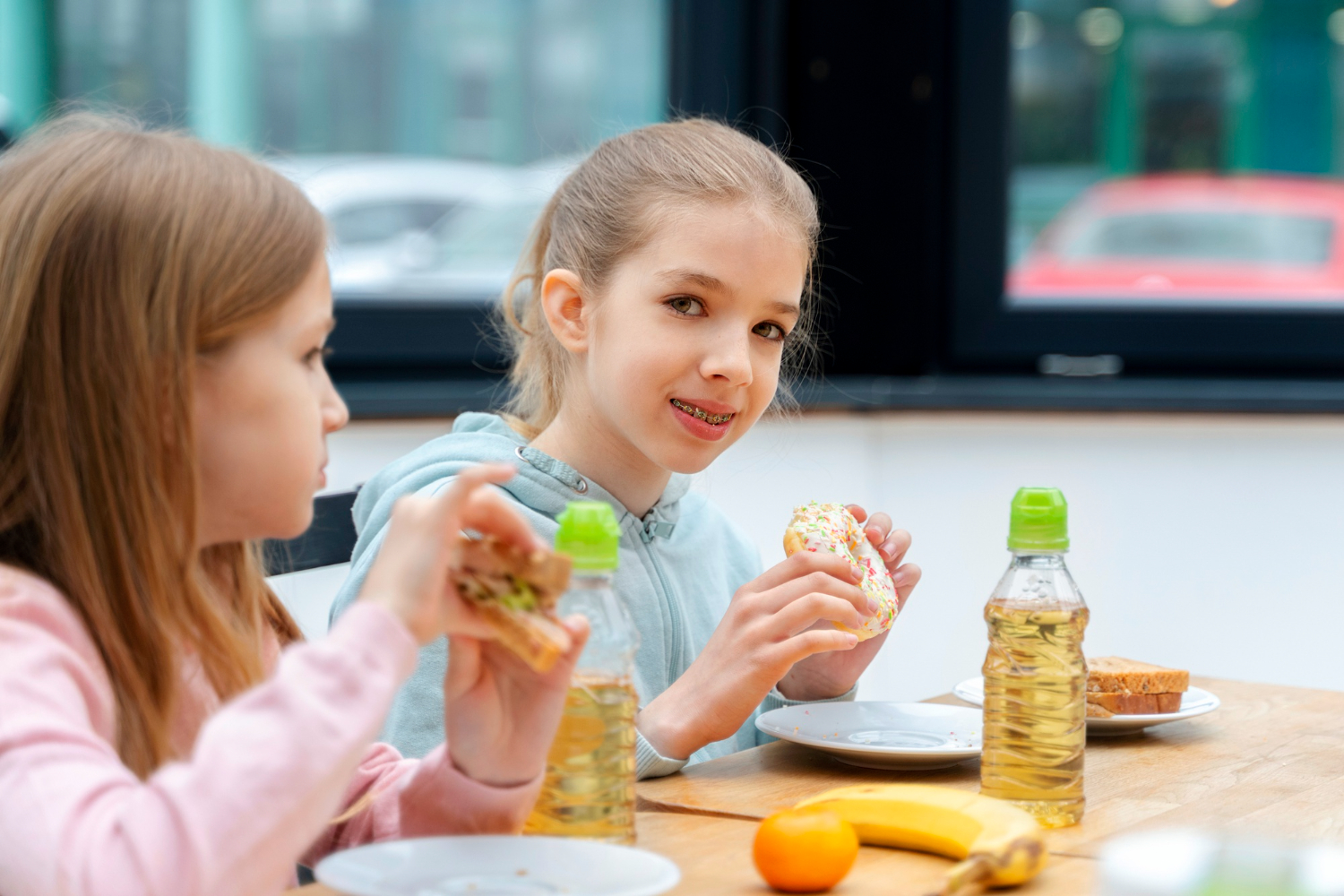
Use Visual Support and Reinforcers
Consistency is key when it comes to supporting your child’s visual system, like a visual schedule or token board. Stick to these tools to provide a stable environment. Reinforcing positive behaviors with familiar rewards from home is crucial for reinforcing the desired conduct. In settings with potential distractions, it becomes essential to be proactive, ready to offer extra reinforcement when necessary. By adhering to this approach, you create a structured and supportive framework, promoting your child’s understanding and compliance within diverse environments. This adaptability ensures that your child can navigate various situations while maintaining a consistent positive behavior reinforcement system.
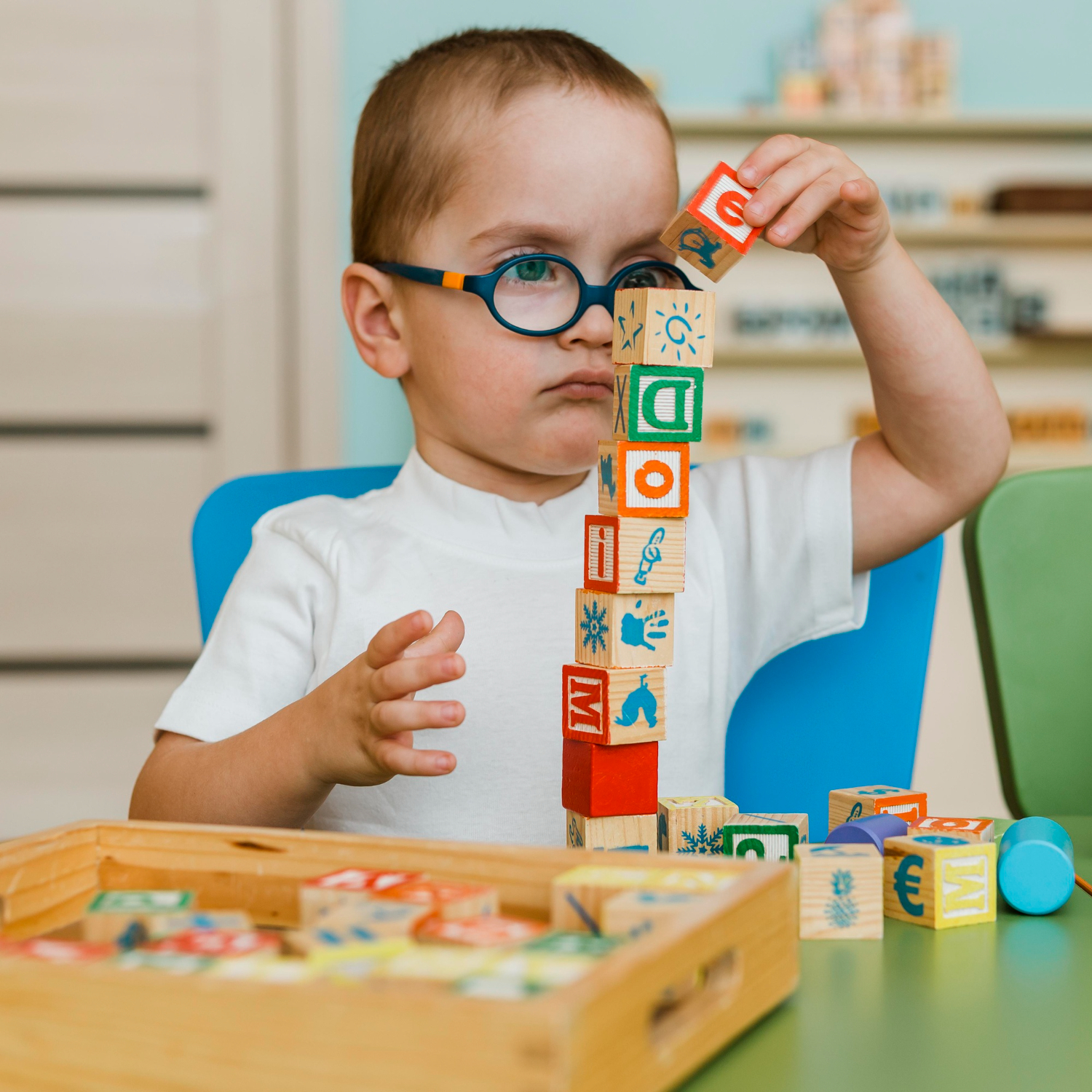
Conclusion
This holiday season, embrace the festivities with confidence. By implementing these strategies you can make the holidays special. You can create a positive and enjoyable experience for your autistic child. If you’re interested in understanding your child’s temperament and triggers better, consider enrolling in an online autism course for parents to stay informed and make the holidays special.
Source
- Gray, C. A. (2010). The New Social Story Book, Revised and Expanded 15th Anniversary Edition: Over 150 Social Stories that Teach Everyday Social Skills to Children with Autism or Asperger’s Syndrome, and Their Peers. Future Horizons.
- Schultz, T. R., & Evans, S. E. (2018). Creating Effective Programs for Students with Autism Spectrum Disorders. Routledge.
- Cohen, R., & Sloan, D. (2007). Activity Schedules for Children with Autism: Teaching Independent Behavior. Woodbine House.
- Gray, C. A. (2010). The New Social Story Book, Revised and Expanded 15th Anniversary Edition: Over 150 Social Stories that Teach Everyday Social Skills to Children with Autism or Asperger’s Syndrome, and Their Peers. Future Horizons.
- Baker, B. L., Blacher, J., & Olsson, M. B. (2005). Preschool Children with and without Developmental Delay: Behaviour Problems and Parenting Stress over Time. Journal of Intellectual Disability Research, 49(5), 343–353.
- Sharp, W. G., Berry, R. C., McCracken, C., Nuhu, N. N., Marvel, E., Saulnier, C. A., & Klin, A. (2013). Feeding Problems and Nutrient Intake in Children with Autism Spectrum Disorders: A Meta-analysis and Comprehensive Review of the Literature. Journal of Autism and Developmental Disorders, 43(9), 2159–2173.
- Mesibov, G. B., Shea, V., & Schopler, E. (2005). The TEACCH Approach to Autism Spectrum Disorders. Springer.
